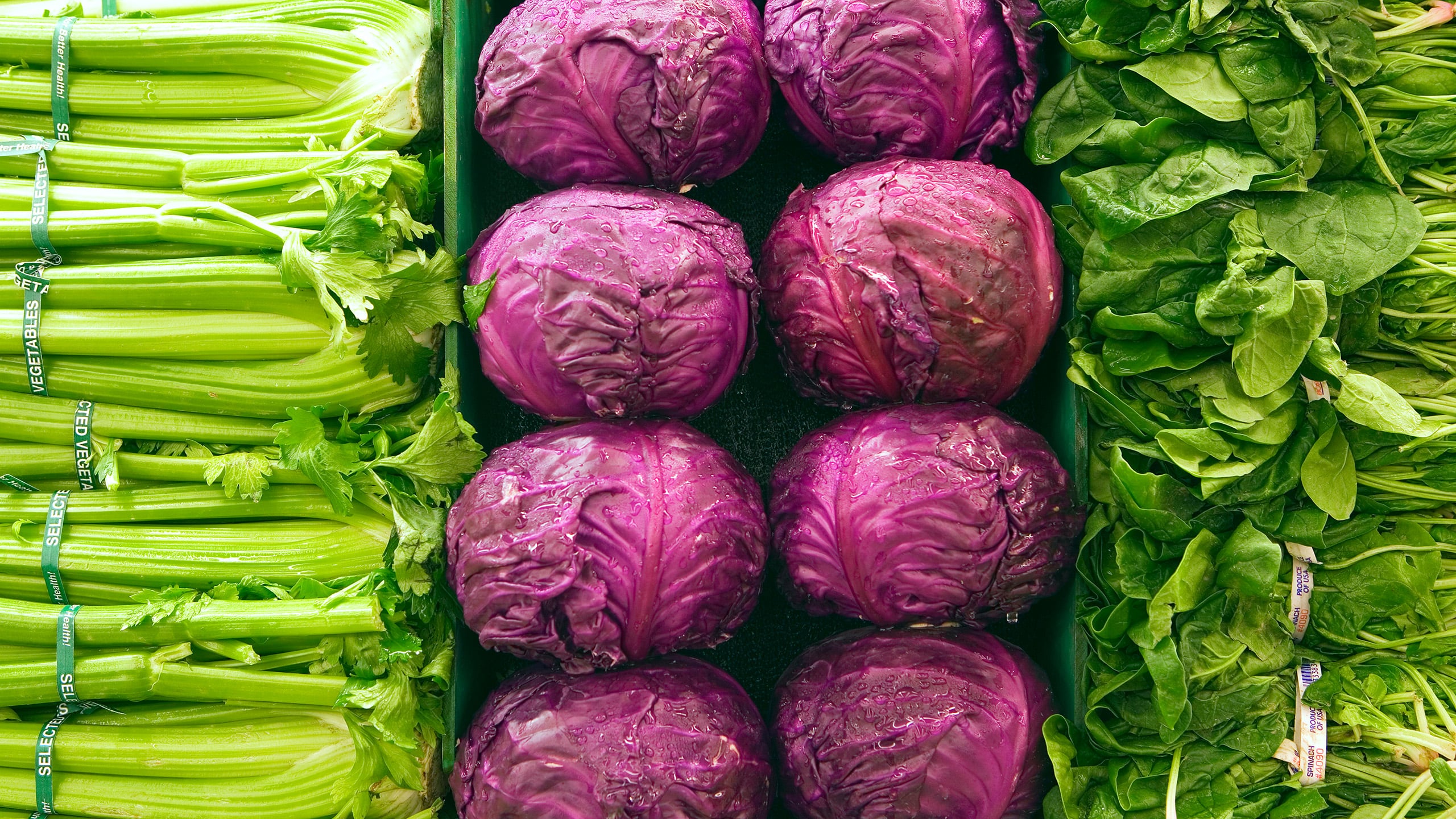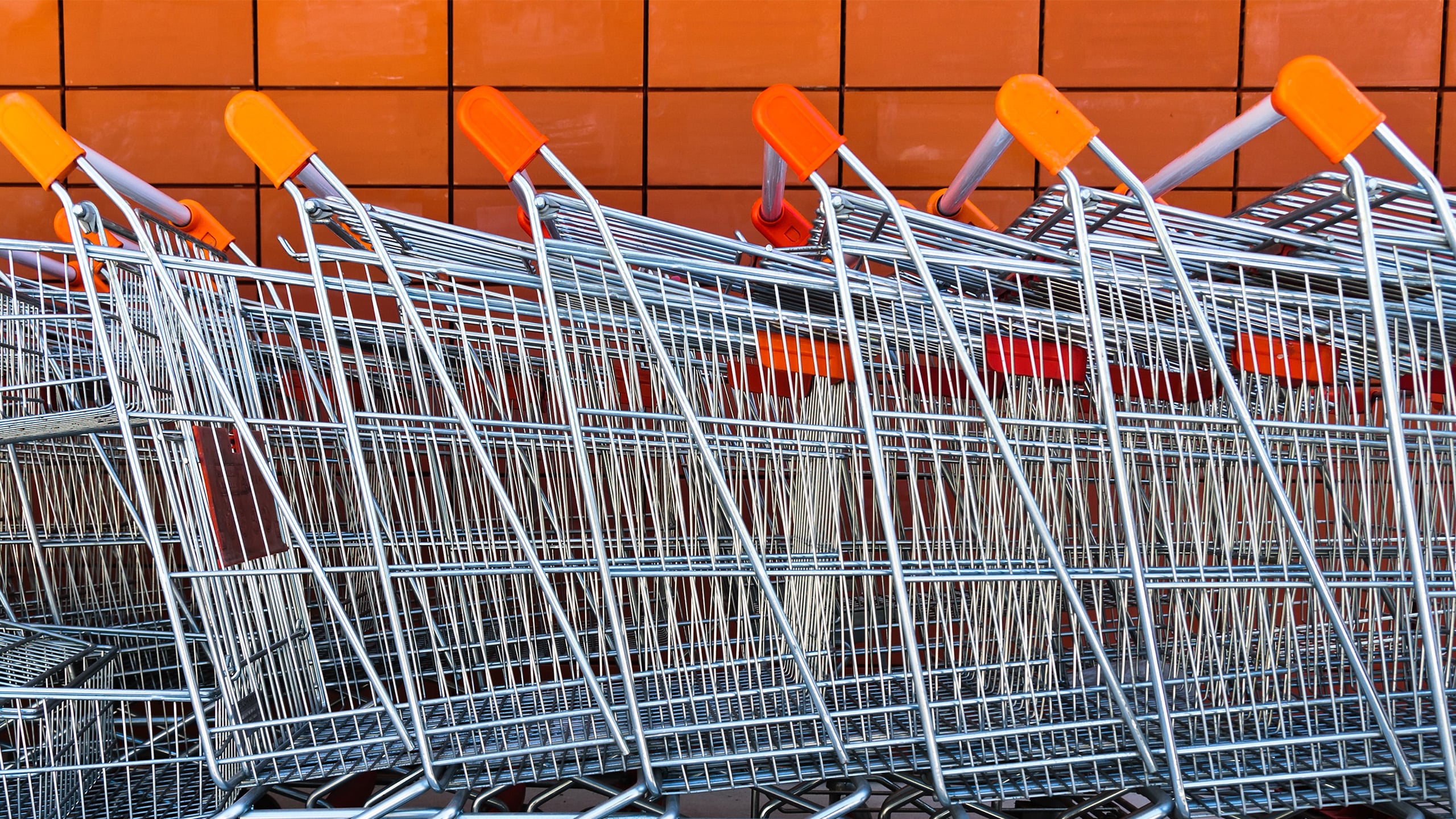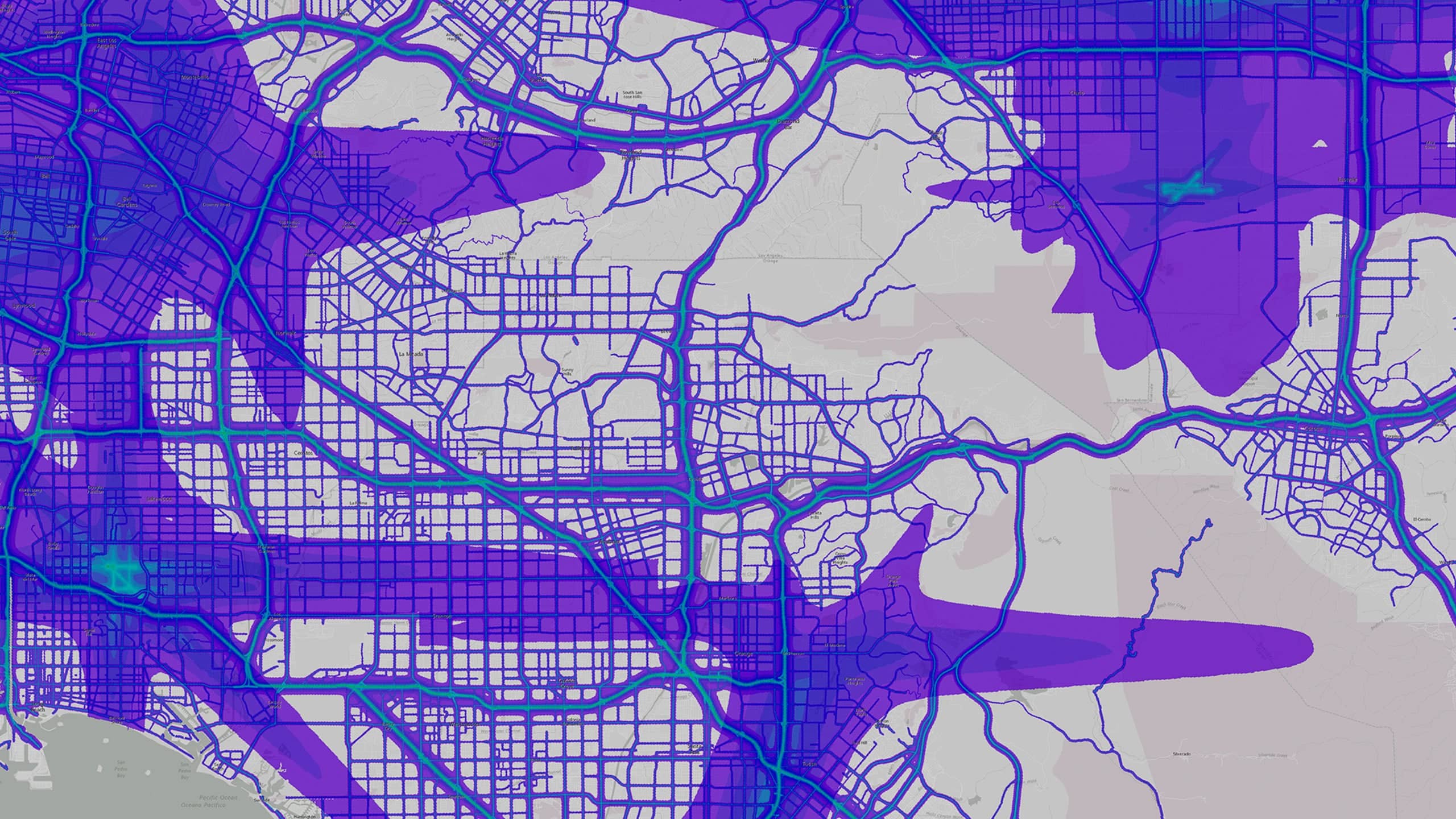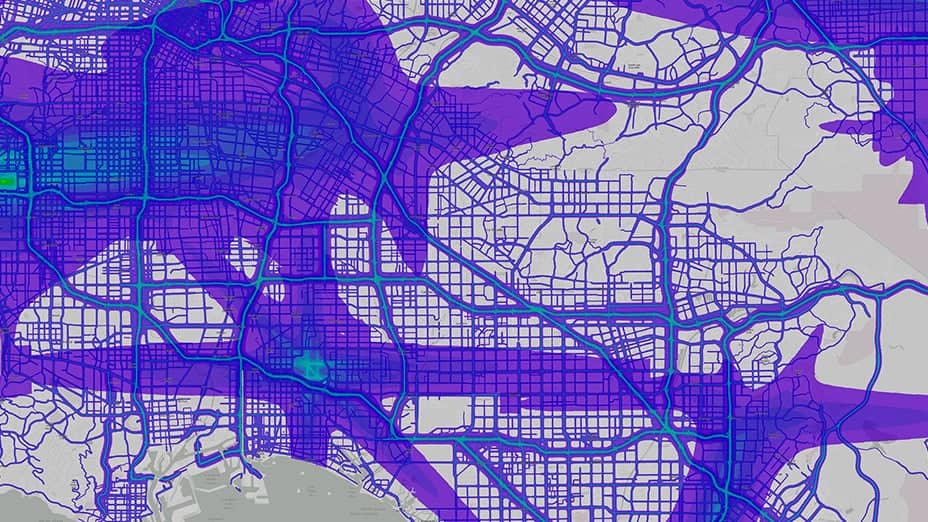Roughly 30 percent of all produce ends up in dumpsters and becomes food for raccoons. Why does some produce never reach the humans it’s intended for? It’s because grocery retailers—despite usually having a big-picture view of their products’ supply chain—often have little insight into the minor events that shorten food’s shelf life. One company is leveraging the Internet of Things (IoT) to change that.
A recent Fast Company article highlights the story of Zest Labs, a Silicon Valley-based tech company offering a new approach to an old challenge. With the help of Zest Labs’ sensor-based, intelligent routing, suppliers and retailers can respond to adverse events and ultimately sell more of their product, according to author Eillie Anzilotti.
The system monitors individual food pallets, using IoT-based sensors that fit in a compact package about the size of an external hard drive. Fast Company suggests installation is strikingly simple:
All that’s required is installing sensors, which detect temperature, moisture, and location, on the produce pallets assembled in the fields before distribution and connecting the sensors to the Zest Fresh cloud, which disseminates data to the various players along the supply chain.
Those players see five-digit codes, called Zest Intelligent Pallet Routing (ZIPR) Codes, that tell the story of the journey and, ultimately, how each pallet should be sold.
Veggie Tales
Produce should arrive at its retail destination with 10 days of freshness remaining, according to the Fast Company article, but seemingly trivial events can compromise that goal. For example, a 10-degree temperature spike between 2:00 p.m. and 3:00 p.m. could indicate that certain pallets had a sunbath, which erases two days of shelf life. Until now, retail grocery staff making distribution decisions were mostly blind to these fluctuations, Anzilotti writes:
In a series of baseline studies conducted at retailers throughout the country, Zest Labs found that only 30% of products actually arrived with that target freshness. After installing Zest Fresh technology in the pallets of farmers they source from, the number of products that arrived with 10 days of freshness to spare jumped to over 90%.
Agribusinesses have used the IoT and location intelligence to govern their operations for years. Vineyards, for example, typically employ a network of probes that measure and translate the characteristics of soil and weather conditions. Geographic information system (GIS) technology converts that digital chatter onto maps that show the productivity of each plot. Zest Labs performs a similar conversion with its IoT feeds, translating them into straightforward business insight. The company’s codes—like the maps that run wine making enterprises—enable agility throughout the custody chain.
“[The ZIPR Code] allows someone in the distribution center to make an intelligent decision and say, ‘Okay, I expected 10 days of freshness, but this product only has 8 days left—I better send it to the store this afternoon instead of tomorrow,'” says [Zest Labs CEO Peter] Mehring. “We’re giving people actionable data to take corrective steps.”
In this way, location and IoT intelligence inform decisions, from harvest to distribution.
Clean Means Green
While Zest Labs’ technology shows promise for reducing the volume of raccoon cuisine, it also could help mitigate air pollution and drought, according to the article. Anzilotti cites a report from the nonprofit ReFED, which found that “standardizing food freshness labels could divert as much as 400,000 tons of food waste annually and save $4,547 per ton.” That comes to, potentially, $1.8 trillion in annual savings. Standardizing freshness labels, the report noted, “would also curb emissions by cutting back on unnecessary transit of products that end up in landfills and save as much as 192 billion gallons of water.”
Encouraged by those results, Zest Labs plans to scale its system in the future to intelligently track and route meat and seafood. If the concept catches fire, the company will disrupt the supply chain with a new form of IoT-based location and condition insight that could protect revenue and the environment.
The Esri Brief
Trending insights from WhereNext and other leading publicationsTrending articles

December 5, 2024 |

July 25, 2023 |

November 12, 2018 |

April 1, 2025 |

April 29, 2025 |

February 1, 2022 |




